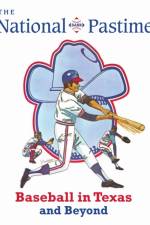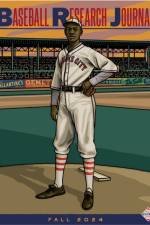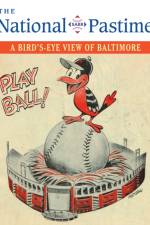av Society for American Baseball Research (SABR)
251
The Fall 2024 issue of the Baseball Research Journal features thirteen articles on a wide range of topics, from the minor leagues to biomechanics, including how the game is changing, or has changed, from the effects of tinkering with the rules (both recent and not), to pioneering personnel. We also have the second half of three two-parters, Ed Denta continuing his look into streaks, Charlie Pavitt wraps up his investigation of why batting average has plummeted, and we finish Peter Dreier's opus on Jews and baseball. ON THE COVER: Leroy "Satchel" Paige was a living legend during his career, but his election to the National Baseball Hall of Fame in Cooperstown was far from assured, given that many of his best years were spent in the Negro Leagues and were unrecognized by the baseball establishment for quite some time. In this issue, Mark Armour delves into the movement to get Paige into the Hall of Fame and the various obstacles to be overcome. ALSO IN THIS ISSUE: “Rachel Balkovec: A Comprehensive Profile” by Barrett Snyder Rachel Balkovec’s résumé includes several firsts: the first woman to serve as a strength and conditioning coordinator in affiliated baseball; the first woman to do so for a major-league team in Latin American baseball; the first woman hitting coach and All-Star Futures Game coach; and the first woman to manage an affiliated team. In 2022-2023 she served as field manager of the New York Yankees' affiliate, the Tampa Tarpons. Today, she is the director of player development for the Miami Marlins. Based on extensive research and personal interviews, Barrett Snyder presents a detailed picture of this pioneer. “The Pitcher's Cycle: Definitions and Achievers (1893-2023)” by Herm Krabbenhoft The goal of this article is to create a "pitcher's cycle" that would be as rare but achievable as the batter's cycle, and then to examine pitchers who have accomplished the feat. I wanted to adhere to the basic definition of a cycle, “a sequence of a recurring succession of events or phenomena,” and create an equivalent to the batter’s cycle: a series of pitching achievements commensurate to a batter collecting the series of all four types of safe hit. A batter’s primary objective is to get on base, which he can achieve entirely by himself by getting a safe hit. A pitcher’s primary objective is to retire the batter, which he can do entirely by himself by striking out the batter. Since there are nine different players in the batting lineup, a reasonable cycle would be for the pitcher to strike out an opposing batter from each slot in the batting order at least once in a game. "Ghost Stories and Zombie Invasions Testing the Myths of Extra-Inning Outcomes" by Connelly Doan, MA The decision to introduce “ghosts” and “zombies” to MLB prompts two main questions “Does departing from the tradition of the game actually lead to shorter games?” and “Is the strategy of extra-inning games simplified to sacrifice-bunting the automatic runner to third and hitting a sacrifice fly or a single to score, thus making the game even less exciting?” This paper will present data from extra-inning games from 2018 through 2022 to try to answer these questions. We will look at average innings per extra-inning game, average extra-inning runs scored per game, frequency of extra-inning bunt attempts, bunt success rate, and the game situations when bunt attempts occurred.




